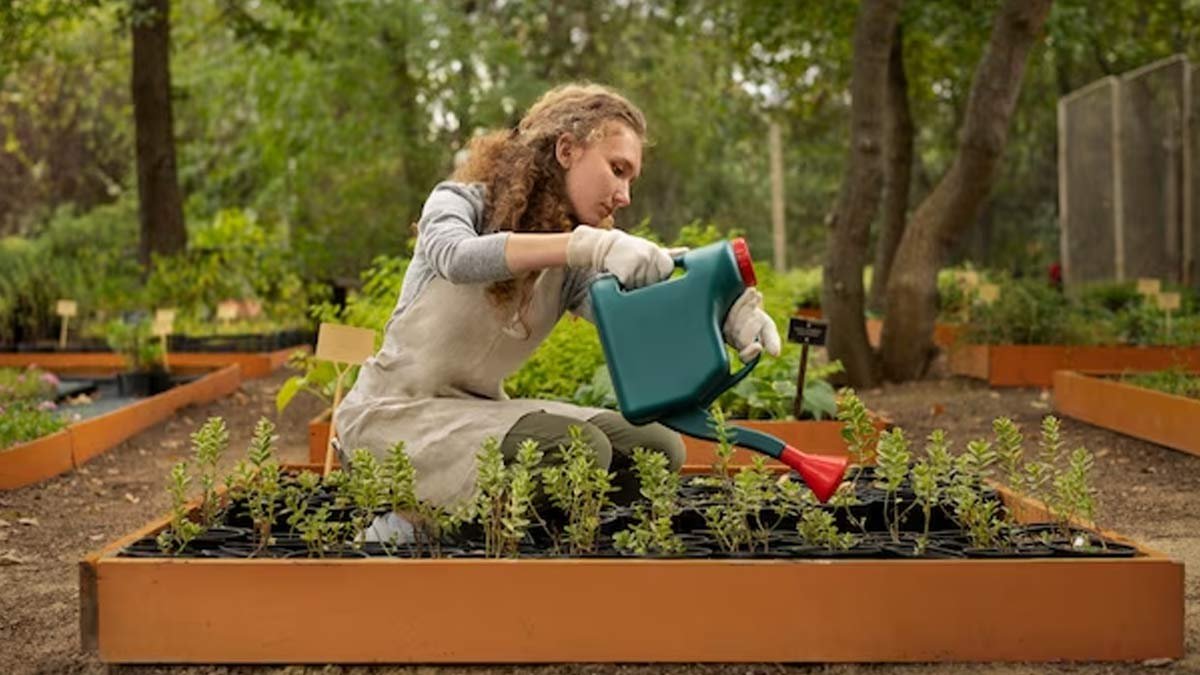Do you dream of plucking fresh tomatoes, crunchy cucumbers, and vibrant peppers straight from your garden? With the right soil and fertility tips, you can transform that dream into a reality. Whether you’re a seasoned gardener or just starting out, understanding how to cultivate healthy soil is the key to a thriving vegetable garden. In this blog post, we’ll explore essential soil and fertility strategies to help you achieve bountiful harvests.
Understanding Your Soil
Before planting seeds, it’s crucial to understand the type of soil in your garden. Soil provides nutrients and support to plants, making it the foundation of any garden. Typically, soil is classified into three main types: sandy, clay, and loamy. Sandy soil drains quickly but lacks nutrients. Clay soil holds water but can become compacted. Loamy soil, a balanced mix of sand, silt, and clay, is ideal for vegetable gardens because it retains moisture while providing good drainage.
You can test your soil by simply observing its texture and color. Dark, crumbly soil is often rich in organic matter, while pale, compacted soil may need enhancement. Another option is to invest in a soil test kit, which will provide detailed information about pH levels and nutrient composition, helping you tailor your gardening strategy.
The Role of Organic Matter
Organic matter is vital for healthy soil. It improves soil structure, enhances water retention, and provides nutrients as it breaks down. Compost, decomposed plant material, and aged manure are excellent sources of organic matter. Adding them to your soil boosts microbial activity, leading to healthier, more productive plants.
Start a compost pile in your backyard by collecting kitchen scraps, grass clippings, and fallen leaves. Over time, these materials will decompose into nutrient-rich compost. Mix this compost into your garden soil before planting, and continue to top-dress your beds throughout the growing season.
The Importance of Soil pH
The pH level of your soil affects nutrient availability. Most vegetables thrive in slightly acidic soil with a pH between 6.0 and 7.0. If your soil is too acidic or alkaline, it can hinder plant growth and affect yields. A soil test will reveal your soil’s pH level, enabling you to make necessary adjustments.
To raise soil pH, consider adding lime. For lowering pH, sulfur-based amendments are effective. It’s important to follow instructions carefully and monitor pH regularly to maintain optimal conditions for your vegetables.
Fertilizers and Nutrient Supplements
Even with rich soil, plants may require additional nutrients for optimal growth. Fertilizers provide essential elements like nitrogen, phosphorus, and potassium. Organic fertilizers, such as bone meal and fish emulsion, are excellent choices for vegetable gardens because they release nutrients slowly and improve soil health over time.
When choosing a fertilizer, consider the specific needs of your crops. Leafy greens, for instance, benefit from nitrogen-rich fertilizers, while root vegetables like carrots thrive with phosphorus. Apply fertilizers according to package instructions, being careful not to over-fertilize, as this can damage plants and leach into waterways.
Mulching for Moisture and Weed Control
Mulch is a gardener’s best friend. It conserves soil moisture, suppresses weeds, and regulates soil temperature. Organic mulches like straw, wood chips, and grass clippings also break down over time, enriching the soil with nutrients. Apply a layer of mulch around your vegetables, keeping it away from plant stems to prevent rot.
In addition to its practical benefits, mulch can enhance the aesthetic appeal of your garden. Consider using materials like river rock landscaping in Salt Lake City to add texture and visual interest while maintaining the benefits of traditional mulches.
Companion Planting and Crop Rotation
Companion planting involves growing certain plants together to improve growth and deter pests. For example, planting marigolds alongside tomatoes can protect against nematodes and other pests. Basil is another great companion plant, known to enhance the flavor when grown near tomatoes.
Crop rotation is the practice of changing the location of plant families each year. This prevents soil depletion and reduces the risk of diseases and pests. Plan your garden layout to ensure that related plants are not grown in the same spot year after year, promoting healthier soil and plants.
Watering Wisely
Proper watering is crucial for a thriving vegetable garden. Consistent moisture is key, but overwatering can lead to root rot and other problems. Water deeply and less frequently to encourage deep root growth. Early morning is the best time to water, allowing plants to absorb moisture before the sun’s intensity increases. Drip irrigation systems are an efficient way to water deeply and conserve water.
Inviting Beneficial Insects
Beneficial insects play an important role in maintaining a healthy garden ecosystem. Ladybugs, bees, and butterflies are natural pollinators and pest controllers. To attract them, plant flowers like lavender, sunflowers, and daisies in your garden. Avoid using chemical pesticides that can harm these beneficial creatures and disrupt the balance of your garden ecosystem.
Regular Soil Maintenance
A successful garden requires ongoing soil maintenance. Test your soil periodically to monitor pH and nutrient levels. Continue adding organic matter, such as compost or aged manure, to maintain soil fertility. Regularly remove weeds and spent plants to prevent disease build-up and keep your garden clean and productive.
Adapting to Your Environment
Every garden is unique, influenced by factors like climate, sunlight, and rainfall. Pay attention to your local conditions and adapt your gardening practices accordingly. Choose vegetable varieties suited to your region and adjust watering and fertilization schedules based on weather patterns.
Celebrating Your Harvest
After months of dedication, there’s nothing quite like the satisfaction of enjoying a homegrown harvest. Celebrate your success by sharing your bounty with family and friends. Preserve excess produce through canning, freezing, or drying to enjoy your garden’s flavors year-round.
Conclusion
Creating a thriving vegetable garden starts with healthy soil and informed gardening practices. By understanding your soil, incorporating organic matter, and using sustainable methods, you can enjoy bountiful harvests season after season. For those seeking further guidance, numerous online resources and gardening communities offer valuable tips and inspiration.






